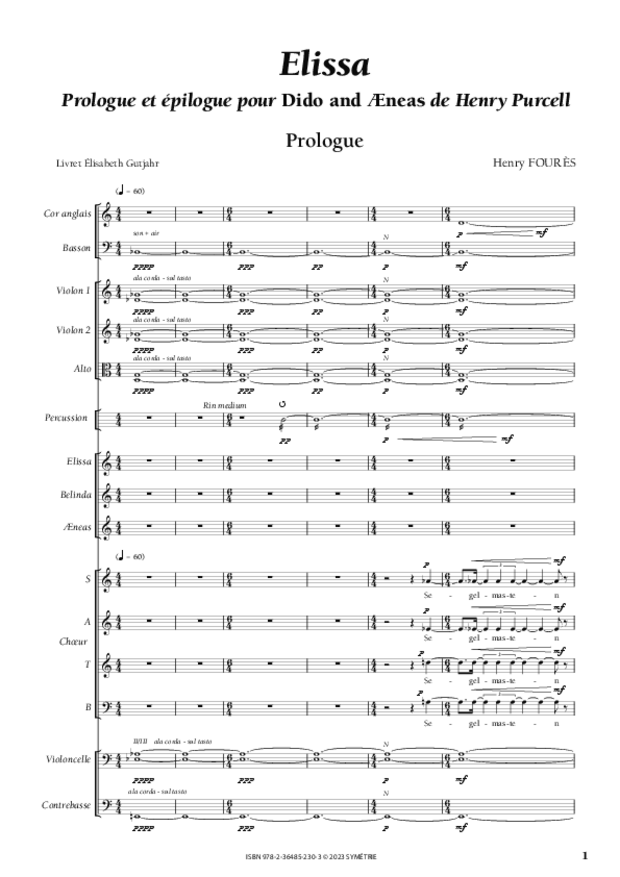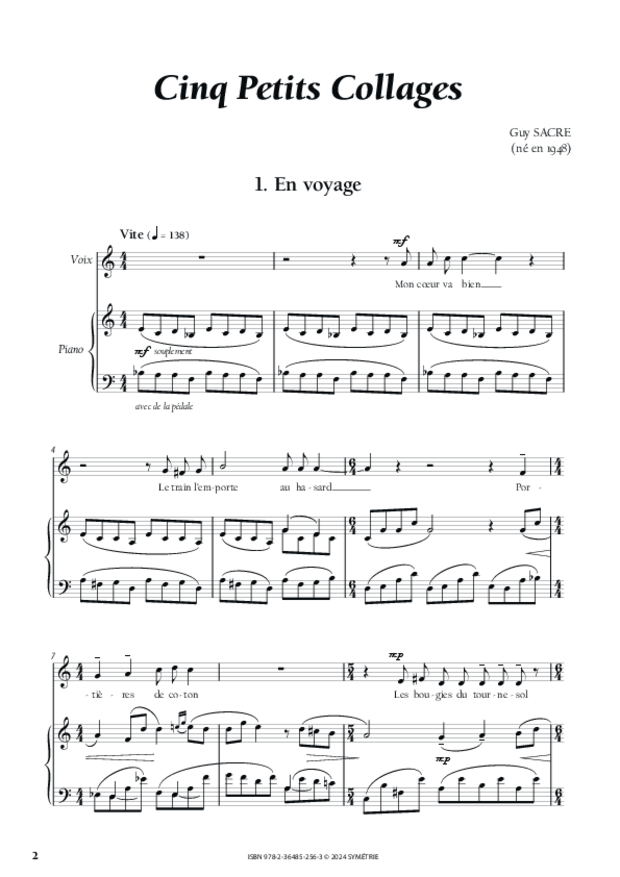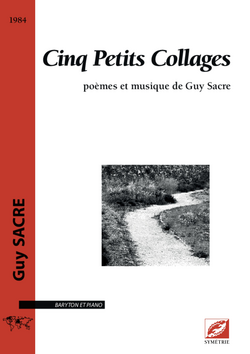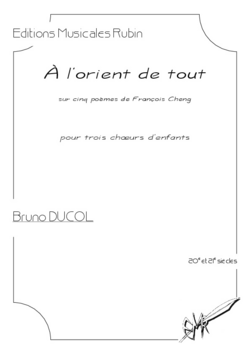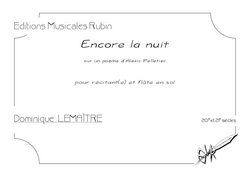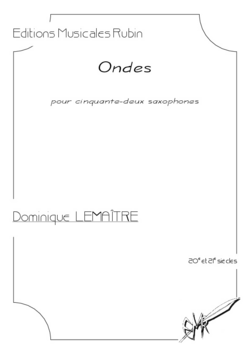Gontran Dessagnes’s real identity as a composer expressed itself with the guitar and thanks to the encounter sparked off by his newly-appointed teacher, Fernand Fernandez-Lavie, with the prestigious soloists Alexandre Lagoya and Ida Presti, who soon became his friends and principal dedicatees. In fact, Lavie had the good idea of showing the Presti-Lagoya duo, whom he knew very well, and unbeknownst to Gontran Dessagnes, during a masterclass for the new guitar class, a modest competition piece, Danse noble for solo guitar, which Gontran Dessagnes had dedicated to him on 11 October 1954. Following this, the prestigious couple requested to meet the composer. A few days later, in that same month of October 1954, Gontran Dessagnes wrote Tendresse, his first solo piece dedicated to Ida Presti.
In ABA̕ return form, Tendresse comprises two themes. While there is no uncertainty as to the personal composition of the first, which is tender and collected in character, the modal nature in aeolian G and the general allure of the second resonate with distant, simple, popular echoes, leaving doubt as to its origin, a sensation further reinforced when the theme is separated from its modern harmonisation, sometimes chromatic or with added accidentals, and when we isolate the first four bars of the basic monodic cells from their development.
Could Gontran Dessagnes have already borrowed from Arabo-Andalusian music in Tendresse without mentioning it? Was the composer steeped in Algerian music able to reconstitute – consciously or unconsciously – the curves of the authentic themes of the çanâa, as Bartók did with the folklore of Eastern Europe?
On 23 October 1954, the composer offered Ida Presti a Prelude for solo, quite contemporary with the writing of the Prelude and Fugue for piano. These short pieces should be seen as both a reference to Johann Sebastian Bach (Lavie was an active transcriber of this repertoire for guitar), whom Gontran Dessagnes called in his lectures ‘the father, the creator of all our music, the inexhaustible source of everything that has been created in our art to this day, the immense, the admirable, the brilliant Johann Sebastian Bach’, but also to Shostakovich, a composer admired by the pianist and a daring conductor, whom he was one of the first to perform in North Africa during the war in the 1940s.
Furthermore, all these small pieces are conceived as ‘test works’, the writing for guitar having yet to be discovered, and being truly antinomic to that for piano, which Gontran Dessagnes mastered perfectly. These modest sketches, even for solo, were already much appreciated by the Presti-Lagoya couple, who did not hesitate to include them in recitals of French music abroad, as for example with Danse noble performed at a concert in the United Kingdom in 1955. The couple then commissioned the Concerto for two guitars and string orchestra, which was completed on 11 May 1955 and premiered at Salle Gaveau in Paris in 1956, under the direction of Ferdinand Oubradous.
Marybel Dessagnes
Sommaire
- Danse noble1
- Tendresse2
- Prélude4
